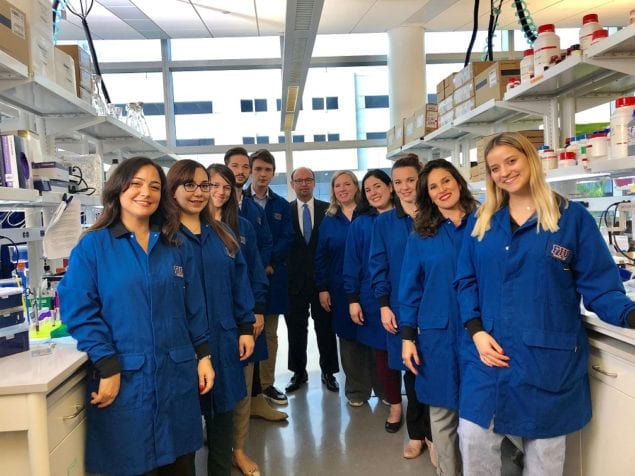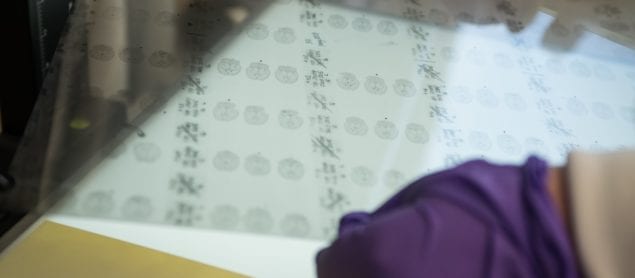Tomás R. Guilarte, dean of the Robert Stempel College of Public Health & Social Work, and a team of researchers from the Department of Environmental Health Sciences have been awarded a $2.31 million grant by the National Institutes of Health (NIH) to study proteins in the brain and how their interactions may lead to brain inflammation.
The grant, “Peripheral BDZ receptor: A Biomarker of Neurotoxicity (ES007062-20),” is to study a novel interaction of two particular proteins: translocator protein 18 kDa (TSPO) and NADPH Oxidase (NOX2). The researchers will see how these two proteins in microglia, a type of cell located throughout the brain, are involved in neuroinflammation.

The research project has received continuous NIH funding for 20 years and the latest grant will allow researchers to continue the project for an additional five years. The research proposal received a perfect impact score of 10, ranking in the top one percentile of all grants submitted to the National Institutes of Health (NIH).
“We are delighted in receiving such a wonderful score and for the continued support from the NIH,” Guilarte said. “This research has the potential to open new therapeutic treatments for mitigating brain inflammation, a common mechanism in many neurodegenerative disorders such as Alzheimer’s and Parkinson’s disease.”
The NIH study section summary of the grant proposal indicated that “the proposal was perceived as exciting, highly innovative, extremely significant, with an exceptional investigative team, and outstanding environment.”
“The protein TSPO is an important marker for brain inflammation. But, the pathway by which it carries out this deleterious effect is not fully understood,” said Kim Tieu, chair of the Department of Environmental Health Sciences. “This research will address this critical gap in the field and may lead to novel treatments for brain injury and diseases. I am very excited and proud to be part of such a significant study.”
Guilarte, who serves as principal investigator on the project, added: “Scientific breakthroughs can be accomplished when we bring together groups of outstanding scientists as we have done in this case.” In addition to Guilarte and Tieu, the other essential members of the research team are associate professor Jeremy Chambers and assistant professor Diana Azzam.
Guilarte said he is particularly proud of bringing together the talent of two young outstanding faculty members, Chambers and Azzam, as well as a senior faculty, Tieu, from different disciplines to create such an outstanding research team. Their various specialties will help to bring new and fresh perspectives to the project.
Chambers will bring his expertise in protein biochemistry and cellular metabolism to decipher how the two protein, TSPO and NOX2, interactions may influence their functions and affect microglia physiology.
“By defining where and when TSPO and NOX2 components interact in microglia, we will be able to understand the impact these proteins have on neuroinflammation and then use their functions as therapeutic targets to treat neurological diseases,” Chambers said.
For Azzam, the project represents the opportunity to grow as an investigator and researcher.
“I am very fortunate to be a part of this outstanding research team. As a junior investigator, this grant is a stepping-stone toward successfully competing for subsequent NIH grants, given the highly competitive funding climate,” Azzam said. “Dean Guilarte has unequivocally provided me with an excellent environment that is extremely conducive for my career growth.”
Stempel College practices the concept of open research labs, where researchers are in close proximity to each other. The practice has created an environment of collaboration, collegiality and respect for peers. The spontaneous discussions and sharing of new ideas, methods and expertise led to this collaboration.






